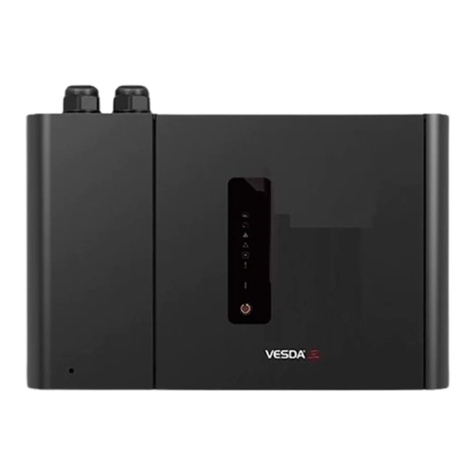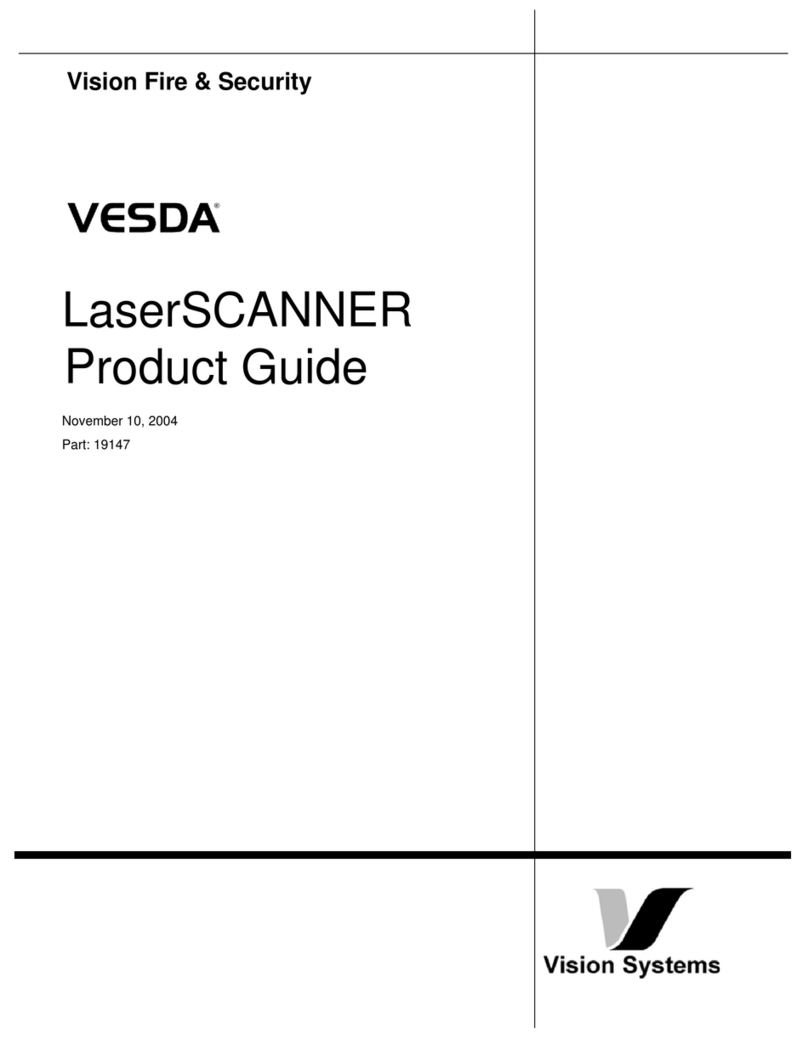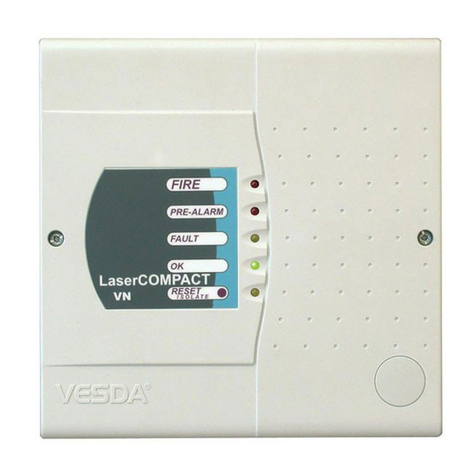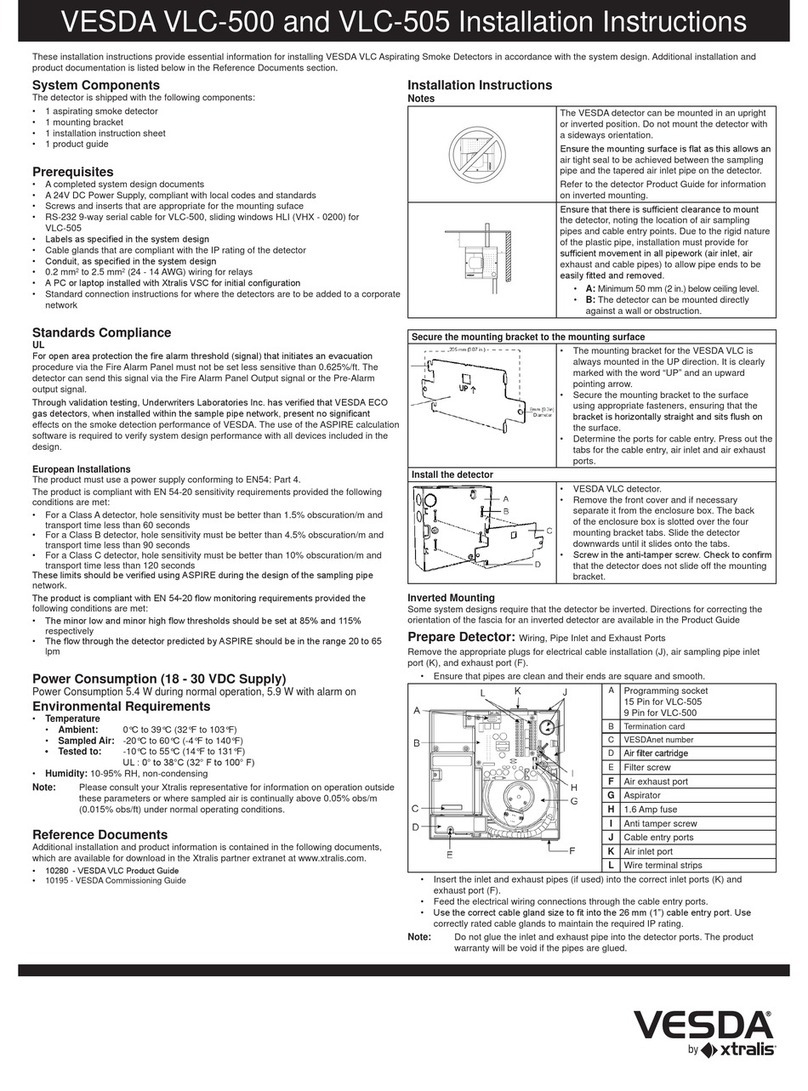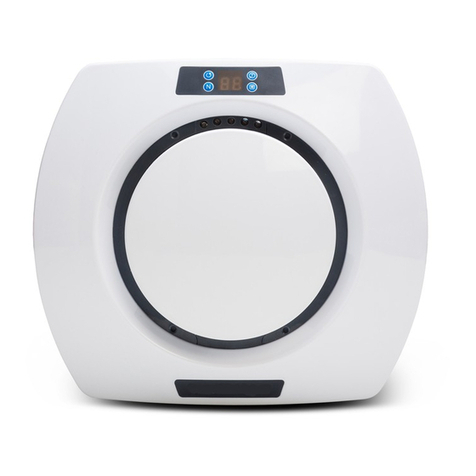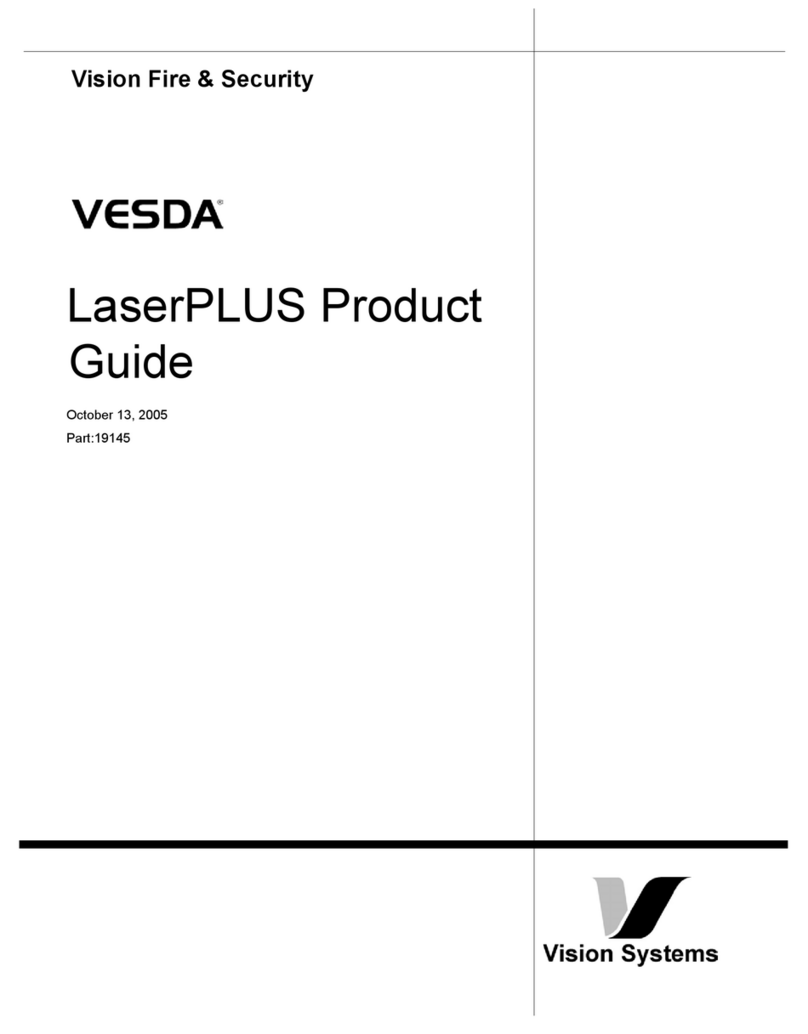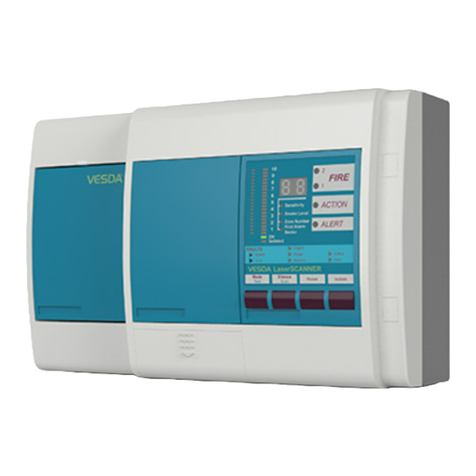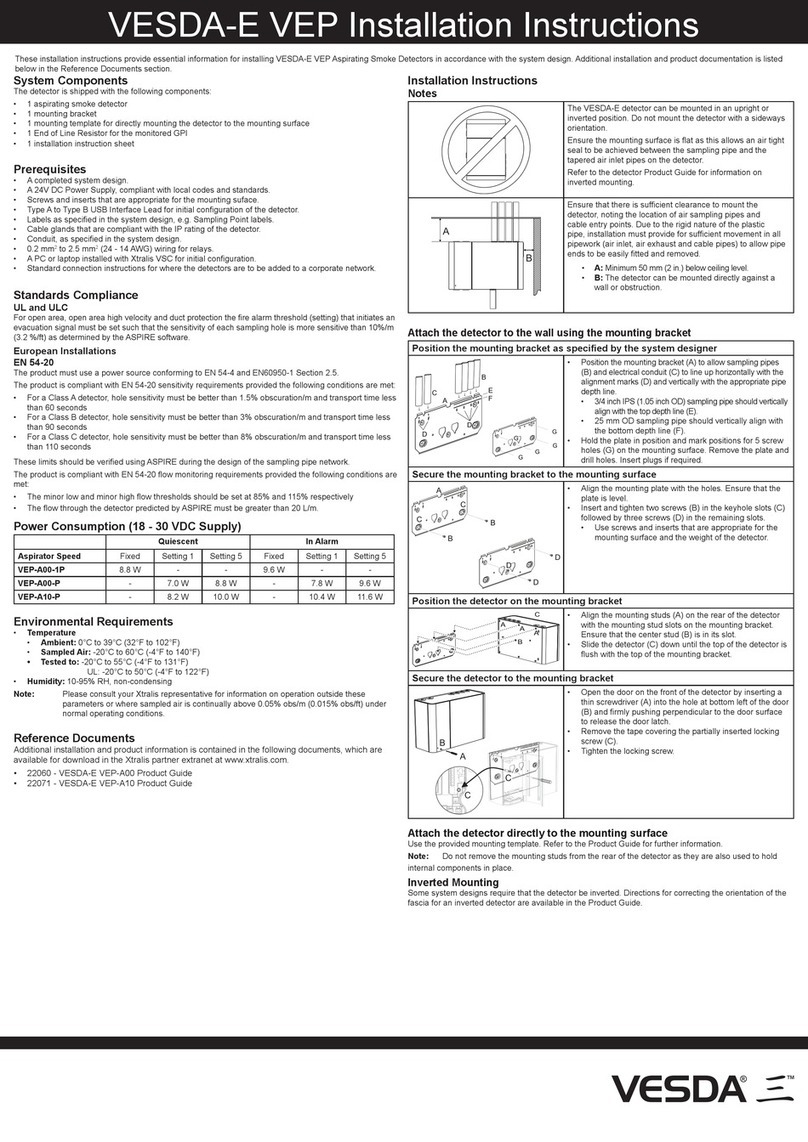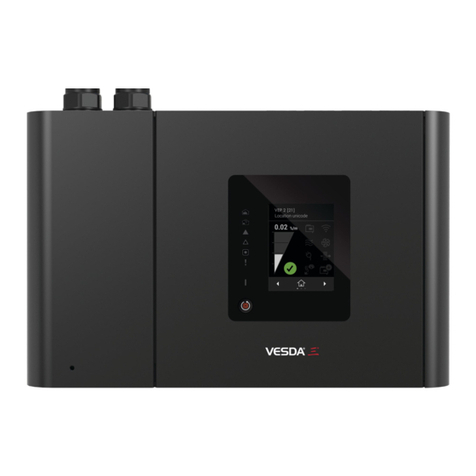
Publication history
Release 1.0 February 2001
Release 1.1 September 2002
Release 1.2 September 2002
Release 1.3 July 2003
Release 1.4 April 2004
Release 1.5 October 2005
Copyright Information
This document may not be reproduced, in whole or in part, by any means without the prior express
written permission of the copyright owner.
Copyright ©2005 Vision Fire & Security Pty Ltd
A.C.N. 008 009 514
Disclaimer
The manufacturer reserves the right to change designs or specifications without obligation and without
further notice. VESDA, LaserTEKNIC, LaserPLUS, LaserSCANNER, LaserCOMPACT, LaserFOCUS,
VESDAnet, VESDAlink, ASPIRE, AutoLearn, VSM, VConfig, InfoWORKS, PROACTIV, PRECISION
and VSC are trademarks used under licence by the distributor.
Codes and Standards Information
Vision Products strongly recommends that this guide is read in conjunction with the appropriate local
codes and standards for smoke detection systems and electrical connections. This guide contains
generic information and some sections may not comply fully with all local codes and standards. In
these cases, the local codes and standards must take precedence.
FCC Compliance Statement
This equipment has been tested and found to comply with the limits for a Class B digital device,
pursuant to part 15 of the FCC Rules. These limits are designed to provide reasonable protection
against harmful interference in a residential installation. This equipment generates, uses and can
radiate radio frequency energy and, if not installed and used in accordance with the instruction, may
cause harmful interference to radio communications. However, there is no guarantee that interference
will not occur in a particular installation. If this equipment does cause harmful interference to radio or
television reception, the user is encouraged to try to correct the interference by one or more of the
following measures:
• Reorientate or relocate the receiving antenna
• Increase the separation between the equipment and receiver
• Connect the equipment to a power outlet which is on a different power circuit from which the
receiver is connected
• Consult the dealer or an experienced radio/television technician for help
FM 3611 Hazardous Approval Warning
Exposure of some chemicals may degrade the sealing of relays used on the detector. Relays used on
the detector are marked "TX2-5V" or "G6S-2-5V" or "EC2-5NU".
Approvals and Standards
The product complies with the following standards.
AS 1603.8 FCC Class B
AS/NZS 3548 AS2211
EN50081-1 21 CFR 1010.2
EN50130-4 21 CFR 1010.3
EN 60950
Safety Label
The LaserPLUS incorporates a Laser device and is classified as a Class 1 Laser product that complies
with FDA Regulations 21 CFR 1040.10 and 1040.11. The laser is housed in a sealed Detector
chamber and contains no serviceable parts. This laser emits invisible light and can be hazardous if
viewed with the naked eye. Under no circumstances should the Detector Chamber be opened. There
is a safety label on the Detector Chamber as shown below.
